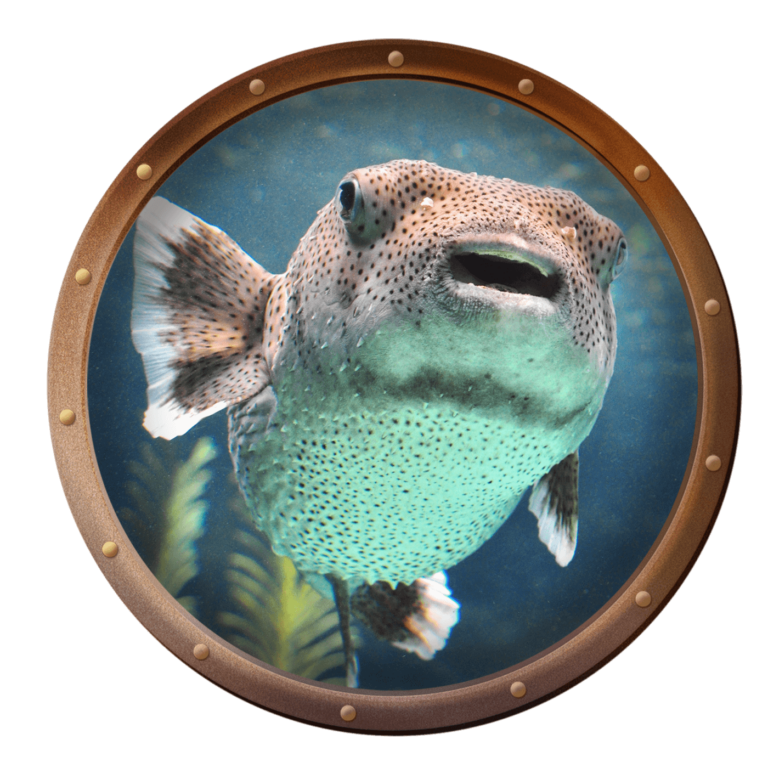Biologists think puffer fish developed their ability to inflate themselves due to their slow swimming style, which makes them vulnerable to predators. During their escape, puffer fish use their highly elastic stomachs to quickly ingest large amounts of water (and air when necessary) to turn themselves into a virtually inedible ball several times their standard size.
A predator that snags a puffer fish before it inflates won’t feel lucky for long. Almost all puffer fish contain tetrodotoxin, which makes them foul-tasting and often lethal. Tetrodotoxin is deadly, up to 1,200 times more poisonous than cyanide. One puffer fish has enough toxin to kill 30 adult humans; no known antidote exists. Only one species is immune to the puffer fish’s toxin, sharks.

A Delicacy in Japan
Puffer fish, also known as fugu, is considered a delicacy in Japan. Puffer fish must be prepared by trained, licensed chefs only. One bad cut almost certainly means death for a customer. Many such deaths occur annually.

They range in size depending on their subspecies, from the 1-inch-long dwarf or pygmy puffer to the giant freshwater puffer, which can grow to more than 2 feet long. Puffer fish are scaleless fish and usually have rough to spiky skin. They also have four teeth fused into a beak-like form.
Their diet includes primarily invertebrates and algae. Some puffer fish crack open and eat clams, mussels and shellfish with their hard beaks. Poisonous puffers synthesize their deadly toxin from the bacteria in the animals they eat.
A puffer fish reaches sexual maturity at the age of 5. The male guides the female to shallow waters, where she will release about three to seven eggs. The young fish gestate, protected by their hard eggshell, which then cracks when ready to hatch. Young puffer fish will leave their egg and swim toward the reef’s community. Puffer fish live an average of 10 years.

Symptoms of Tetrodotoxin Poisoning
As you’ve read, puffer fish contain tetrodotoxin, one of the most toxic poisons in nature. Puffer fish poisoning is similar to paralytic shellfish poisoning.
Symptoms of puffer fish poisoning start 10-45 minutes after ingesting with numbness and tingling in the mouth, followed by nausea and vomiting. This is followed by paralysis, loss of consciousness, respiratory failure and death in the toxin’s progression.
ALWAYS SEEK PROFESSIONAL MEDICAL TREATMENT IMMEDIATELY.


